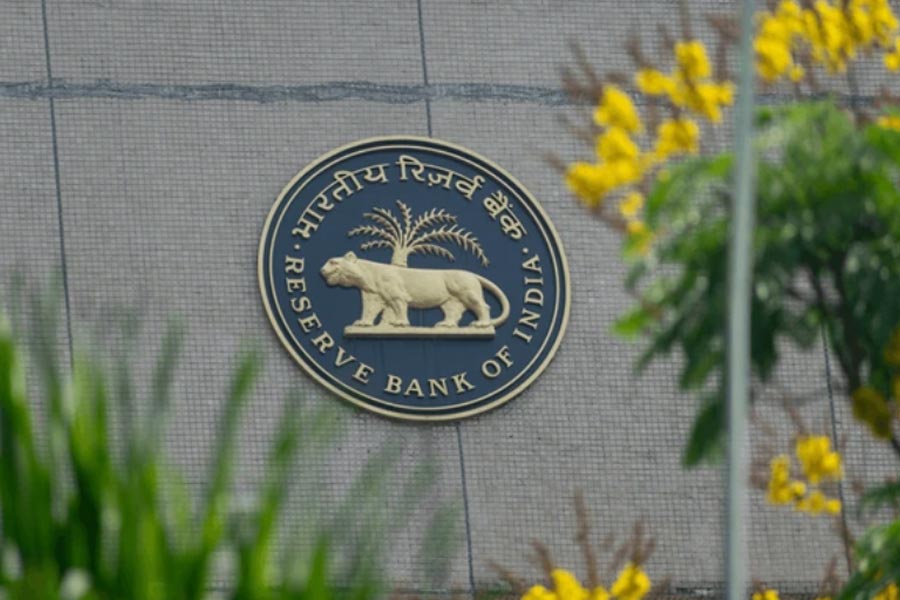The Reserve Bank of India cut the repo rate by 25 basis points to 6.25 per cent on Friday — the first rate cut in nearly five years.
The RBI last cut the repo in May 2020, trimming it by 40 basis points to 4 per cent. But it then raised the rate six times by an aggregate of 250 basis points.
The repo is the interest rate at which the RBI lends money to commercial banks — and is used as the principal instrument to signal monetary policy change. A hundred basis points make one percentage point.
RBI governor Sanjay Malhotra, who assumed office in December, has cut rates at the very first meeting of the monetary policy committee that he chaired. His predecessor, Shaktikanta Das, had resisted the clamour to cut rates for 11 consecutive meetings.
The decision means that the Centre’s fiscal policy and the RBI’s monetary policy are now in alignment. After the recent budget, finance secretary Tuhin Pandey had subtly lobbied for the rate cut by saying: “The fiscal policy and the monetary policy need to work in tandem, not at cross purposes.”
Rate changes
The cut in the repo is expected to set off a cascade of lending and deposit rate changes. Home loan borrowers will be among the biggest beneficiaries of the rate cut.
Financial pundits and borrowers whipped out their calculators to try and work out how the rate cut would impact their loan repayments. They said a borrower with a ₹50 lakh home loan for a 20-year tenure and carrying an 8.75 per cent interest would see her EMI go down by ₹9,540 a year, or ₹795 a month.
Alternatively, if the borrower decides to stick with the same EMI, his loan tenure will shrink by 11 months to 19 years and one month.
Banks charge anywhere up to 8.5 per cent for a home loan. The mortgage rate at HDFC Bank starts from 8.75 per cent.
However, people with personal loans are not likely to benefit immediately from the repo cut.
“In the case of fixed-rate loans like personal loans and certain term loans, the decision to lower interest rates is entirely at the discretion of individual banks — some may choose to pass on the benefit, while others may not,” said Yashish Dahiya, chairman and Group CEO of PB Fintech.
Most economists expect the RBI to cut rates again — possibly as early as April — which will take the policy rate down to 6 per cent. However, some forecasters believe that this marks the beginning of a rate-cut cycle. Capital Economics and Nomura believe that the rates could fall by another 75-100 basis points in this cycle.
RBI deputy governor M. Rajeshwar Rao said the cut in the repo rate would impact deposit rates only after two quarters. Deposits have a fixed term and the interest rates can be reset only after they mature. However, new depositors will have to settle for lower interest rates.
Growth forecast
The RBI expects the GDP growth rate to rebound to 6.7 per cent after this year’s wobble. In early January, the National Statistics Office (NSO) forecast that the GDP growth rate would tumble to 6.4 per cent this fiscal from 8.2 per cent in the previous year.
“I would like to stick my neck out and say that India can achieve a 7-per-cent-plus growth rate. We should certainly aspire (to) that,” the RBI governor said.
The monetary policy committee also forecast that inflation would dip to 4.2 per cent by March next year, which is close to the median of the RBI’s 2-6 per cent inflation mandate.










